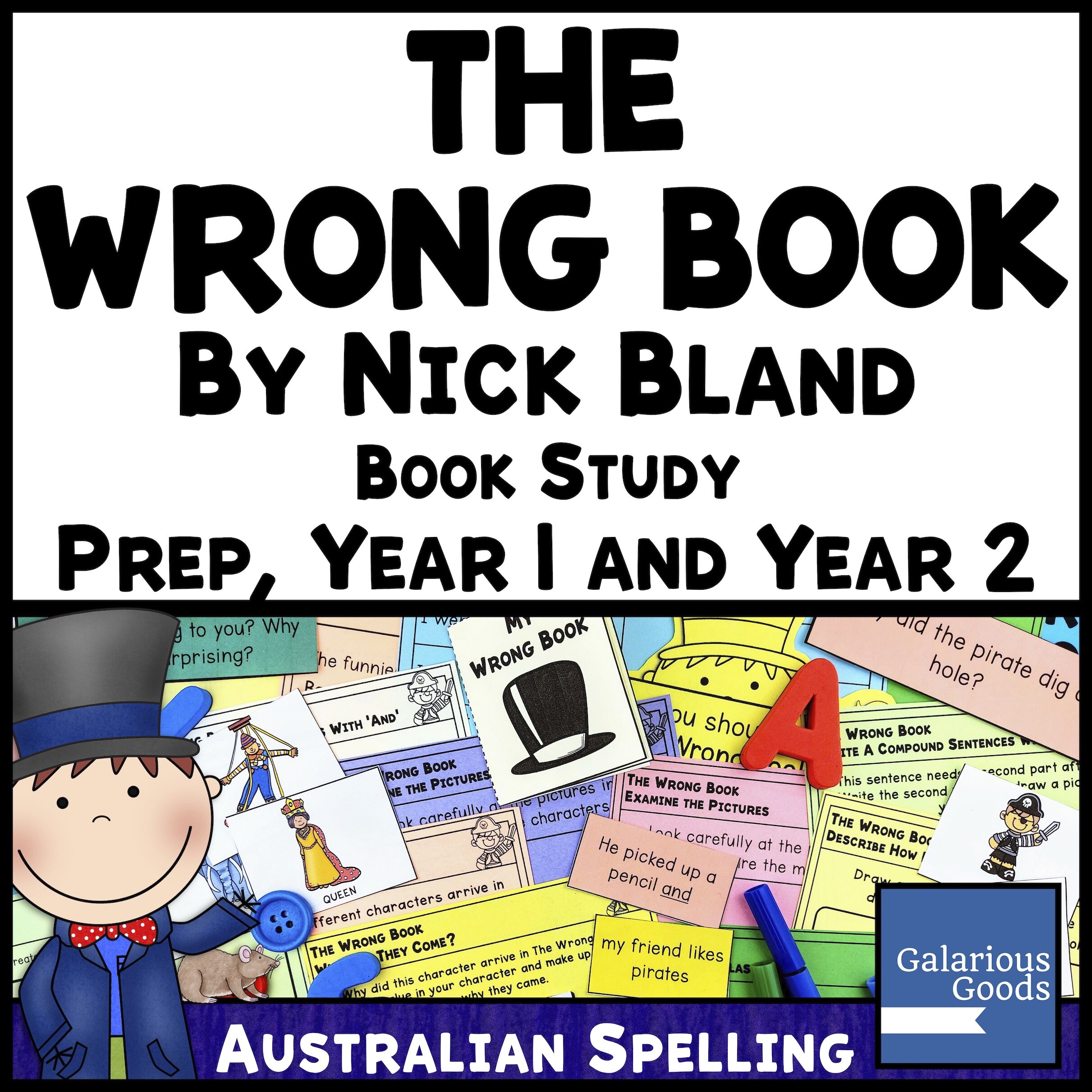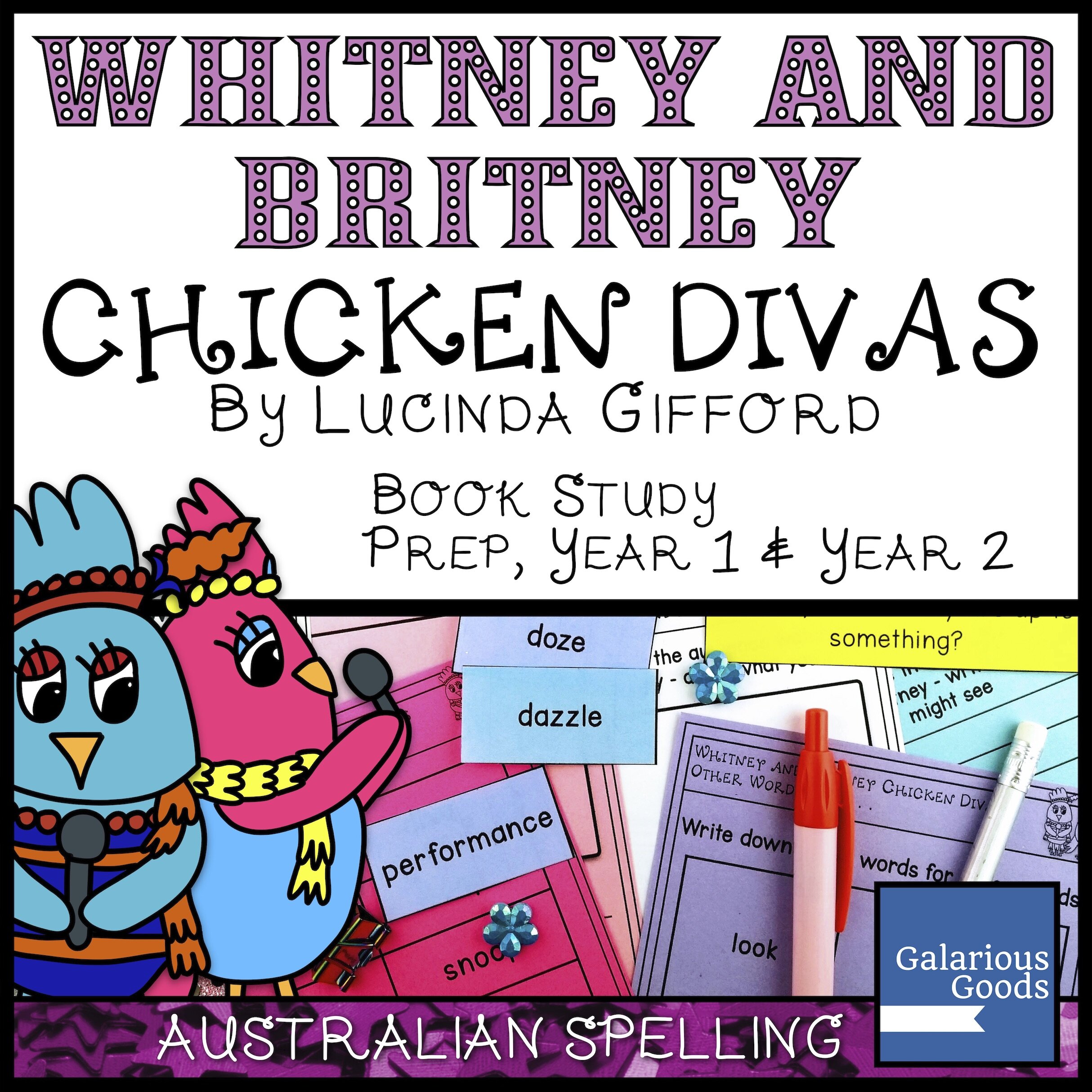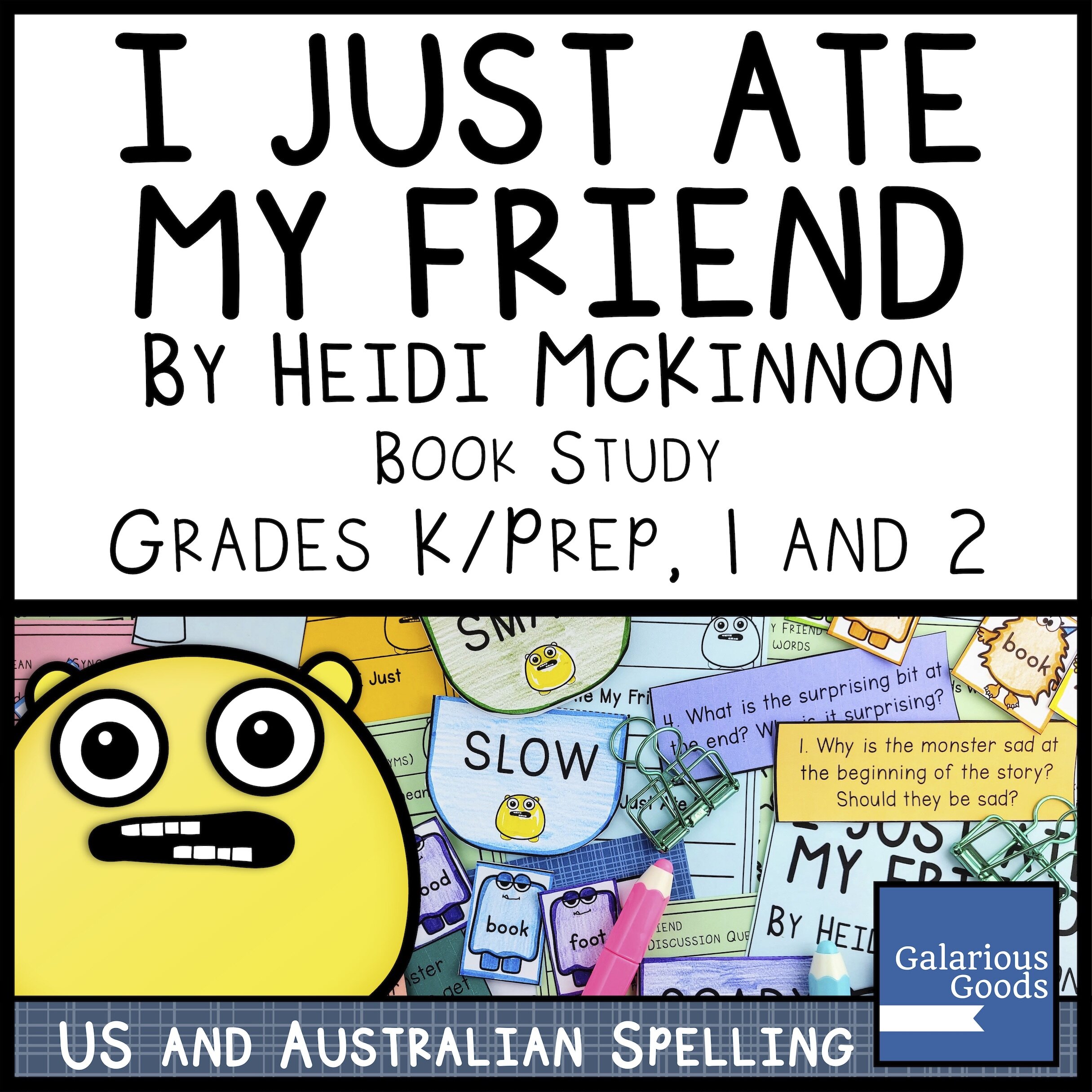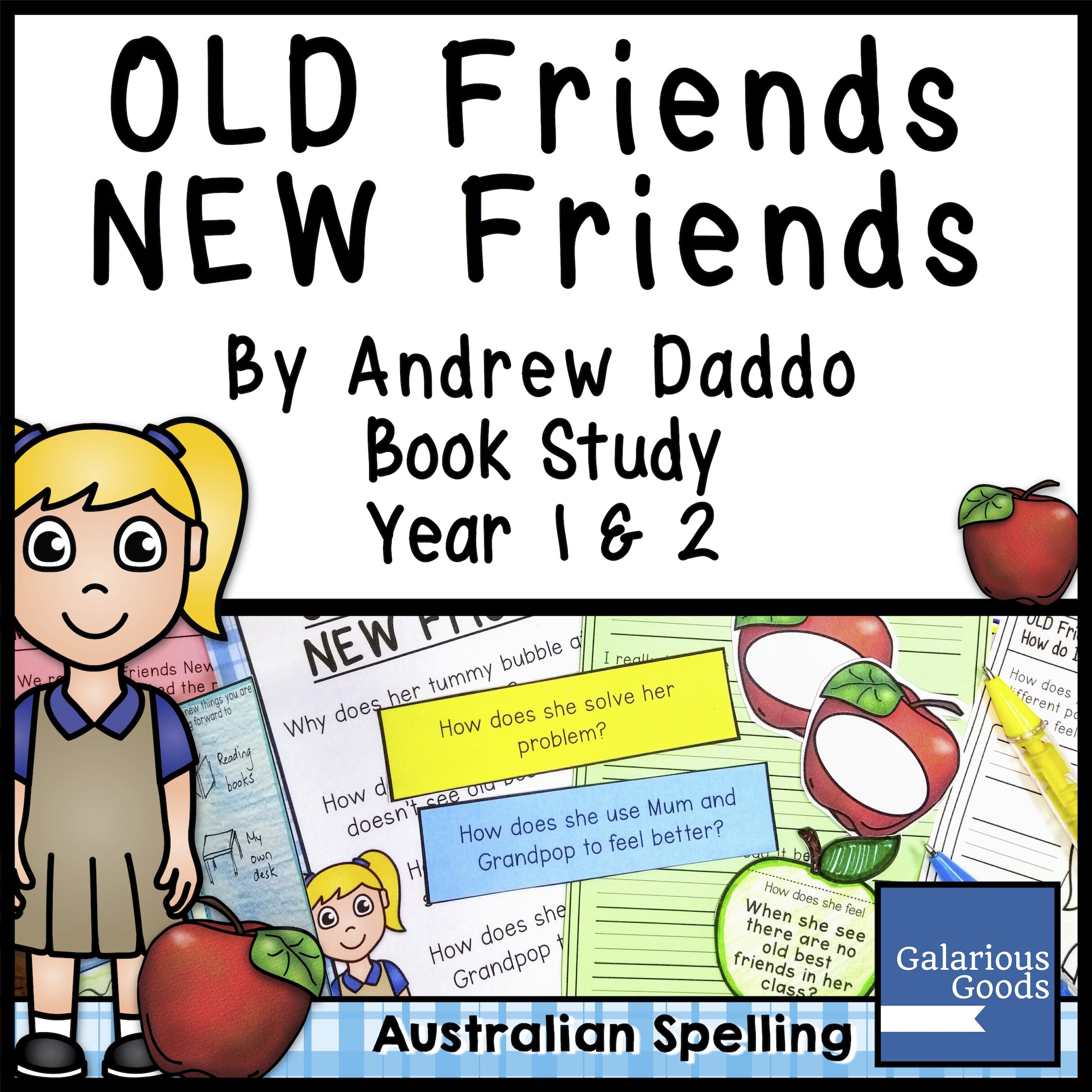4 Literacy Activities for The Wrong Book by Nick Bland
/Go away! You’re in the wrong blog post!
Unlike Nicholas Ickle, the very frustrated narrator of Nick Bland’s The Wrong Book, I don’t really want you to go away. But I do want to tell you about this wonderful picture book and to offer just a few ways you can explore it, pull it apart and bring it to life in your classroom with these literacy activities.
The Wrong Book tells the story of the aforementioned Nicholas Ickle who really wants to tell a story about . . . well, before he can tell us what the story is about he is joined by a bunch of unexpected guests - from mischievous monsters to a plague of rats. With repeating text, extra details in the illustrations and constant anticipation, this is an excellent book to use in lower primary classrooms.
Here’s some activities for The Wrong Book you might like to try with your students:
1. Reader’s Theatre
This is the perfect book for some reader’s theatre and there’s a range of ways you can approach this with your students. If you keep the text as it is, the only speaker is Nicholas Ickle, so you can have the teacher reading most, with the students chiming in for the refrain “Go away . . . !” while other students act out the visitors. Or a range of students could divide up the lines for Nicholas Ickle.
If you wish to have non-speaking roles acted out by the students, you can spend some time - as a whole class or in small groups, exploring what each of the different visitors are doing. This allows students to practice their visual literacy skills and also allows you to incorporate some drama through mime into your activity.
If you wish to have more speaking roles, you can work with the students to imagine what each of the visitors might say. When you have brainstormed this together, you can work collaboratively with the students to write a new script.
2. Conversations between the different characters
What would the monsters say to the Queen? What kind of conversation would the pirate have with the elephant? These are great questions for students to discuss and write about as they’re reading The Wrong Book.
By putting themselves into the ‘heads’ of the non-speaking characters, students are examining the ways they behave in the illustrations - again working on their visual literacy skills - and inferring what they might say. Students can also explore whether the characters might speak differently to different characters - would the elephant be more polite to the queen and a little crankier with the monsters
3. Why Did They Come?
Why did the different characters walk into Nicholas Ickle’s book? Were they supposed to be there? What is their motivation?
As students develop a better understanding of all the different characters in The Wrong Book, they can engage in activities where they create new motivations and worlds for these characters. Students can work in pairs or small groups to brainstorm why the different characters turned up then contribute their ideas to the whole class to create a display.
4. What does this book tell us about books?
What is Nick Bland trying to tell us about books with The Wrong Book? Students can definitely spend some time contrasting and comparing The Wrong Book to other books they know. One very interesting aspect to discuss is the way that Nicholas Ickles talks both to us, the audience, and to the other characters in the book. Students might like to draw connections with other books which have characters breaking the fourth wall - such as The Monster at the End of the Book or Do Not Open This Book
Right as we’re finally about to get Nicholas’ story, the book ends. Students might like to explore if the book had to end at that point. This could even lead to a mathematical exploration as students investigate whether picture books have a certain number of pages and ask whether The Wrong Book really had to end when it did.


















